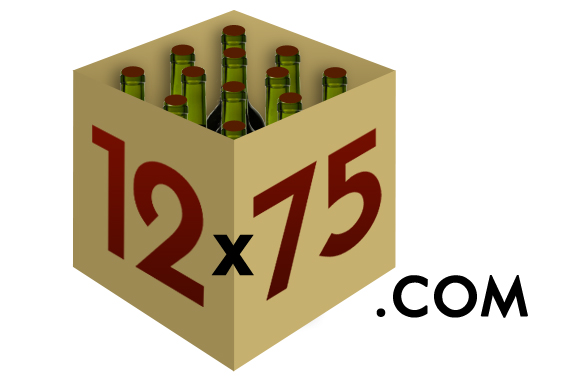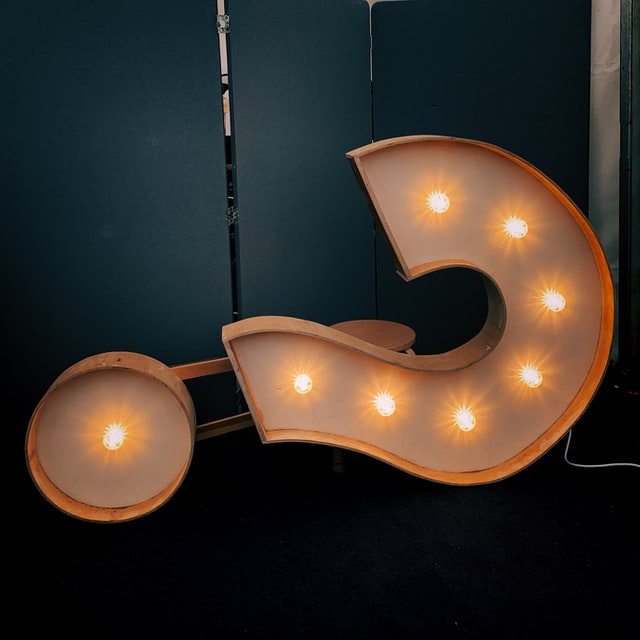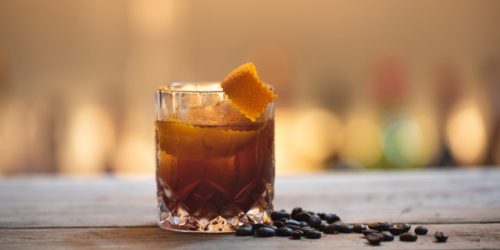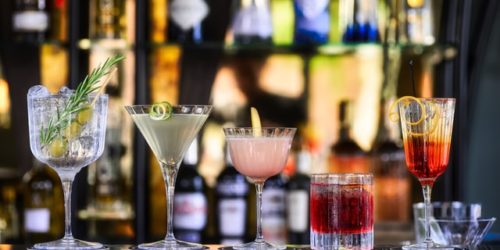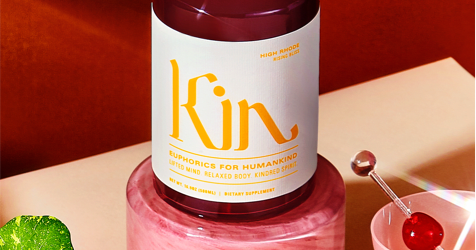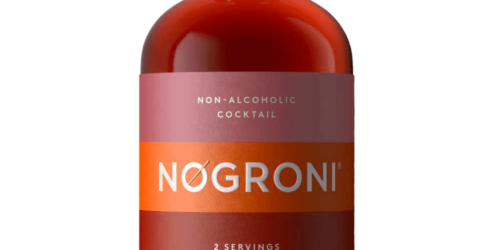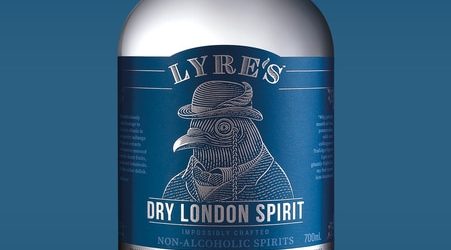The popularity of low alcoholic beverages has exploded in recent years. However, this surge in popularity has resulted in a market with near endless options of so-called non-alcoholic drinks. A broader range of options is usually a good thing, but the sheer variety on offer can make things a little confusing for those looking to discern between non-alcoholic drinks and alcohol-free alternatives.
How Alcoholic Content is Labelled
Surprisingly, the rules determining how a beverage should be labelled is complicated. Additionally, there is some conflicting regulation depending on where in the world a beverage is being sold. However, there are some general guidelines that can be referred to so you have a firm idea of what you are buying and how much alcohol it is likely to contain.
So-called low alcohol beverages are often grouped into the non-alcoholic market. Generally speaking, a low alcohol label means the beverage inside contains anywhere from 0.5 to 1.25 percent alcohol by volume.
If you are interested in eliminating as much alcohol from your intake as possible, you should really be looking at drinks advertised as de-alcoholised and alcohol-free. In the United Kingdom at least, de-alcoholised beer should contain no more than 0.5 percent alcohol by volume.
Any beverage containing this amount of alcohol is very unlikely to give you a buzz unless you have a significantly high sensitivity to alcohol. Elsewhere in the world, a drink containing less than 0.5 percent may be advertised as alcohol-free. However, in the UK, alcohol-free strictly refers to drinks that contain less than 0.05 percent alcohol by volume. At these low volumes, there is no discernable adverse impact caused by the miniscule amount of alcohol you are consuming.
How is Alcohol Removed from Beverages?
The method of removing alcohol from a drink ultimately depends on the type of beverage. When it comes to alcohol free wine, there are three main methods of removing excess alcohol. Vacuum distillation is one such method. This process removes alcohol content and other volatiles from the wine solution at relatively low temperature levels.
These temperatures rarely exceed 30 degrees Celsius. Once the distillation process has been completed and alcohol and volatiles have been removed, essential aromatics are reintroduced to the wine to restore its signature fragrance and flavour. Another common method for removing alcohol from wine is the utilisation of spinning cone columns.
This process operates similarly to vacuum distillation, but utilise multiple stages of evaporation and condensation, as well as centrifugal force. This approach is very effective at sifting out individual components of wine, which are later reintroduced to each other and blended together. Both vacuum distillation and the centrifugal method are quite costly, however. These methods are usually only implemented by profitable producers with the money to spend on high-grade equipment.
A far more affordable approach to removing alcohol from wine is the implementation of reverse osmosis. This cross-flow filtration system is not only cheaper than other processes, it is also more portable and well-suited to smaller producers or those looking to de-alcoholise wine at home. Such systems effectively separate the basic elements of wine before they are blended back together.
Because alcohol has a discernible texture and contributes to the overall mouthfeel of wine, sugar is often reintroduced to the de-alcoholised wine to compensate for it. Fruit juices and other botanical extracts may also be used for the same purpose. One thing to bear in mind here is that while the alcohol content is cut down, the introduction of sugar or sugar-rich solutions can increase the calorie count of the wine.
How is Alcohol Removed from Beer?
When it comes to removing alcohol from beer, producers tend to rely on two main practices. These processes either remove alcohol content from the final brew, or target the brewing stage itself to ensure alcohol does not have the chance to form.
A popular way to remove alcohol from beer is to simply boil away the alcohol from the brew itself. This method can be quick, effective and relatively inexpensive. Another common method for de-alcoholising beer is filtration. Provided the filtration equipment is of a good standard, filtration can be very effective at dramatically reducing the amount of alcohol found in the finished product. To see our guide on the top rated alcohol free beers, click here.
How are Non-Alcoholic Spirits Made?
Producing non-alcoholic spirits is arguably a little more complex than manufacturing alcohol-free wine and beer. There are many different techniques currently in use to produce non-alcoholic spirits. Some producers opt for a more exhaustive distillation process.
This involves distilling botanicals multiple times. This serves to remove alcohol content via evaporation. Other producers opt to extract botanicals without introducing alcohol to the recipe, or rely on different forms of fermentation or infusion practices. Steam distillation is another common technique. Check out our guide on the best alcohol free gins on the UK market as well as an interesting post on the rise of non alcoholic rum.
Key Differences Between Alcohol-Free and Non-Alcoholic Drinks
Establishing a difference been alcohol-free and non-alcoholic beverages is tricky. The term ‘non-alcoholic’ is advised against by governmental guidelines in the United Kingdom.
In fact, the government advises that the term should never be used in the labelling and advertising of any beverage that is usually associated with alcohol consumption. There is some leeway here, however, particularly when it comes to wine. If a wine has been produced by using unfermented grape juices and is intended to be used for very specific uses, such as during religious ceremonies, the non-alcoholic phrasing is allowable. However, any labelling of such wines should explicitly state its intended use.
Thankfully, the guidance on alcohol-free beverages is far clearer. The term ‘alcohol-free’ should be applied to a beverage that has had its alcohol content removed, leaving more than 0.05 percent alcohol by volume. However, the labelling of such beverages should clearly state the alcohol by volume content.
Benefits of Going Alcohol-Free
There are numerous reasons to consider switching out your favourite alcoholic beverage for a non-alcoholic or alcohol-free alternative. One of the most obvious reasons for doing so is consuming alcohol-free or low-alcoholic drinks will make it far easier for you to stay within the safe limits for healthy drinking guidelines.
In the United Kingdom, government guidance suggests that nobody should be drinking more than 14 units of alcohol in any given week. In simple terms, this equates to about 6-8 individual servings of wine or beer. If you are someone who enjoys a chilled beer in the evening or a rich red with dinner, it can be very easy to go over this limit. However, continued overconsumption can lead to a wide slate of health issues. Switching to a low-alcoholic alternative means you can continue to enjoy the same great flavours of your preferred drink, without worrying about what it is doing to your health.
Drinks either low in or free of alcohol also boast the benefit of fewer calories per serving. If you drink regularly, opting for an alcohol-free alternative can eliminate a significant amount of calories from your regular diet.
Finally, beverages low in alcohol can be significantly cheaper than conventional wine, beers and spirits. This is especially true if you are purchasing non-alcoholic beverages at the supermarket, rather than at a bar or restaurant. In fact, anything that falls below 1.2 percent alcohol by volume is exempt from the tax duty usually imposed on alcoholic beverages.
In Summary
The different between non-alcoholic and alcohol-free beverages is slight and often comes down to governmental guidelines regarding labelling. Both options provide you with an option that is sufficiently low in alcohol content that any alcohol present will be undetectable. However, if you need to be strict about what you are consuming, opt for drinks advertised as alcohol-free as these should never be more than 0.05 percent ABV.
